The Importance of Choosing Antibacterial Textiles for Your Bedroom
A study set to find out how many germs are in a bed. Volunteers took swabs from their unwashed sheets or pillowcases. A week-old bed sheet had 24.631 times the bacteria of a bathroom doorknob while pillowcases that went unwashed for only one week accumulated 17,442 times more bacteria than a toilet seat! According to Yale University researchers, the mere presence of a person in a room can add 37 million bacteria every hour. Now, multiply that with the hours you sleep at night. Do you share your bedroom with a partner? Double it.
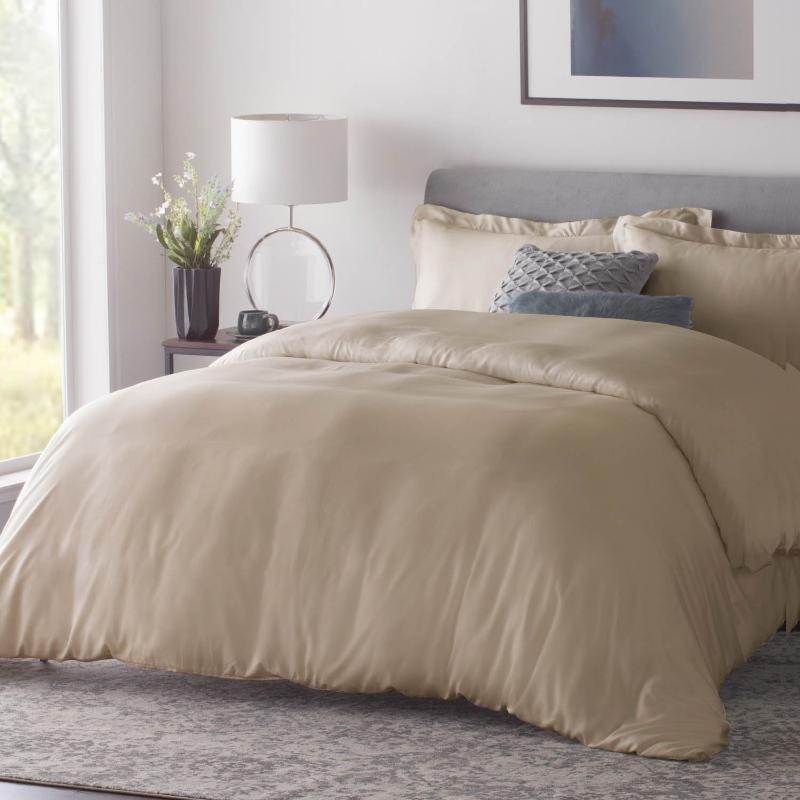
We didn’t mean to send you into a cold sweat. Some bacteria are not harmful, in fact, they are necessary. Also, there are things you can do to stop the pathogenic ones from causing trouble. Washing your sheets on a weekly basis, keeping outdoor clothes and shoes out of your bedroom and showering before bed are the essentials, but have you considered your choice of bedding? With the rise of antibacterial fabrics and natural fibres, it might be time to change that old blanket or bedding with an organic bamboo duvet cover or hemp bed sheets.
What Makes a Fabric Antimicrobial?
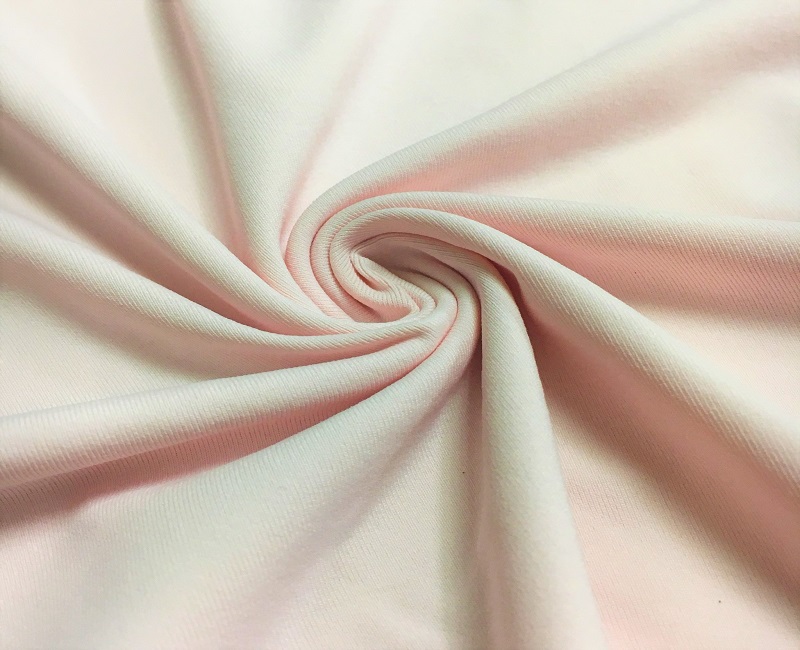
2 things can give a fibre efficient antimicrobial activity: its composition and human’s touch, as long as it’s gentle and eco-friendly.
A plethora of plant compounds has been proven to have antibacterial effects. These include phenolics, polyphenols, terpenoids, essential oils, cannabinoids, alkaloids, lectins, polypeptides, quinones, flavonoids, tannins, coumarins and so much more.
Fabrics can also be treated with chemicals to give them an antibacterial property. However chemical antimicrobial agents that are generally used in finishing processes, although useful in providing protection benefits to textiles, can cause potential problems to humans and the environment.
The antimicrobial agents used should not threaten human health which is why there are a number of sustainable, renewable, and biodegradable substances such as natural dyes and other natural substances have been taken for a spin and were proven worthy of the ride.
Additionally, solvents used in the extraction methods have a great influence on the number of active compounds that can be extracted and consequently, the antibacterial performance of a plant. Extraction is a process that separates bioactive compounds of the plant tissues from the inactive components. Common solvents used for active component extraction are water, ethanol, methanol, chloroform, dichloromethane, ether and acetone. An ideal anti-microbial textile finishing agent is safe, non-toxic, environmentally benign and wash resistant.
Here are some natural and naturally treated fibres that will nurture you while you sleep and not microorganisms.
Organic Bamboo
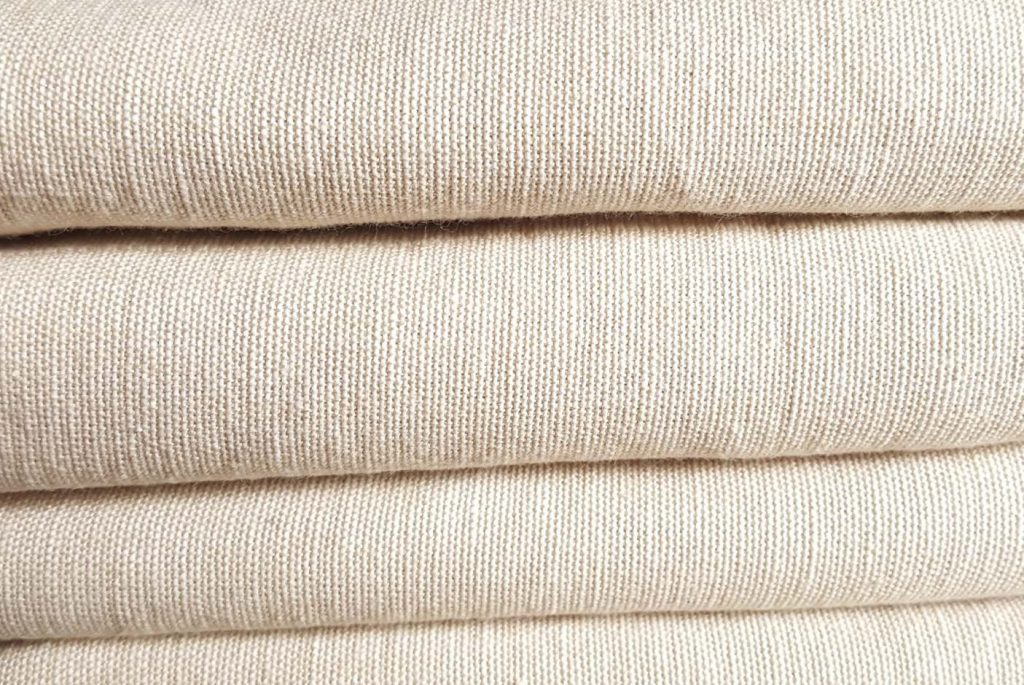
Bamboo is inherently antimicrobial due to a bio-agent called bamboo chinone or “kun”, anthraquinone compounds and lignin. As it is hardly ever infected by pathogens or eaten by pests and doesn’t need pesticides and herbicides, plantations can easily be maintained organically.
Chemical alterations and processing alter the bioactive compounds and kill bamboo’s innate immunity. Unexpectedly, regenerated bamboo fibre was found to have 75.8% bacteriostatic activity while studies have shown conflicting results on the antibacterial activity of natural bamboo fibre.
Clearly, the processing is mandatory but how bamboo is processed is crucial and defines its perks or flaws. Certainly, organically grown and treated bamboo maintains its natural antimicrobial properties which are then transferred to the final product in the dorm of a pillow or duvet cover or sheets. Antibacterial activity increases in natural bamboo fibres if bacterial growth-promoting soluble compounds are removed through the process of extraction. Firstly, extraction removes the carbohydrate and inorganic salt which are nutrients for microbial growth. Secondly, the solvents themselves may contain some antibacterial components. Thirdly, changes in chemical composition and pH value of the fibre could affect the bacteria growth.
In fact, Natural bamboo fibres treated under mild conditions showed better antibacterial activity against Staphylococcus Aureus than the raw red margin bamboo plant. Extraction using hot water was the most effective method in improving the antibacterial property against E. coli with an antibacterial efficiency of nearly 70%.
That being said, if we’ve inspired you to rethink your bedding choices and browse for an organic bamboo duvet cover or organic bamboo bed sheets, make sure you read the labels. Organic bamboo is a bit harder to find than organic flax linen and can be more expensive but it’s doable and totally worth it. 100% organic bamboo, especially one that’s dew retted and naturally coloured is the right choice.
Organic Cotton
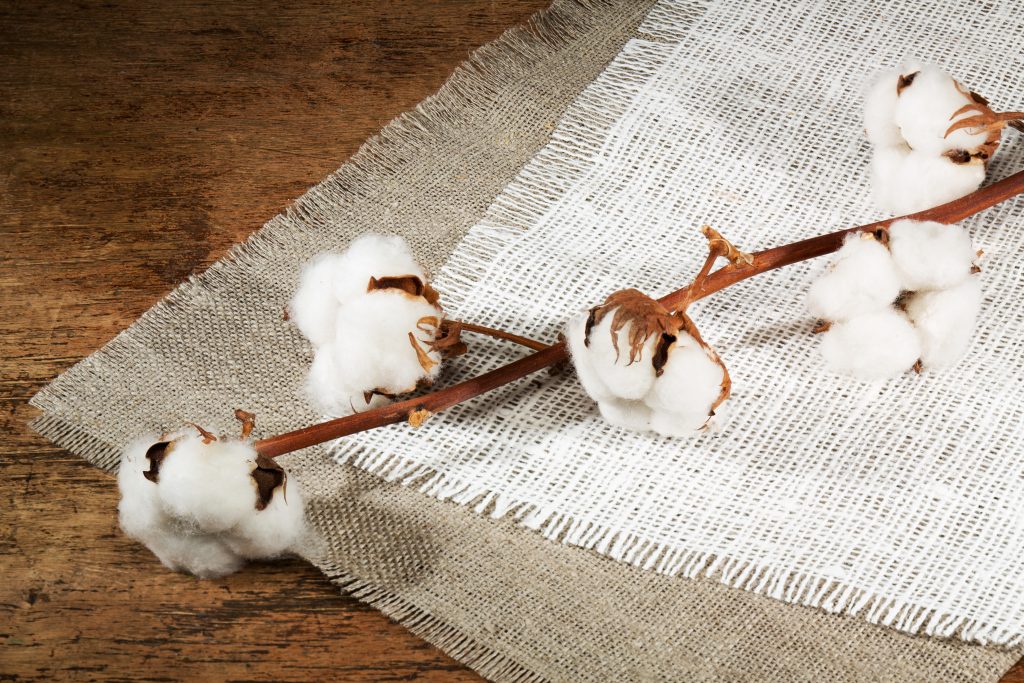
Hate to break it to you but no matter how much you love your cotton bedding, it’s not as natural as you think. Cotton is not a good choice for your health and the environment. Besides, cellulose-based cotton fabric is susceptible to microbial attacks.
To improve the textile properties many researchers finished the cotton fabric with different chemical agents such as triclosan, phenols and organometallics which show good antimicrobial activity on cotton fabric. Nevertheless, they have grave implications for both the environment and human health.
On the other hand, multiple studies involving cotton treated with natural antibacterial substances such as chitin, chitosan and silver gave it tremendous antibacterial efficacy. Additionally, naturally brown-coloured cotton (NBCC) fibres have been reported as having excellent antibacterial and antioxidant properties. NBCC fibres are usually used in blends with other fibres (e.g., white cotton fibre) to improve yarn qualities and produce more colour shades.
Pure NBCC fibre showed antibacterial activity of 91.7% and 86.9% against Staphylococcus Aureus and Escherichia coli, respectively. Blends containing greater than 70% brown cotton had very similar antibacterial efficacy compared to the pure NBCC fibre.
Organic fabrics are just as important as organic cosmetics when it comes to taking care of your skin and body. Organic cotton pillowcases treated with natural antibacterial substances would be a great addition to your skincare routine. Makes sense, as you spend a third of your day with your face glued to it.
Specially Treated Linen
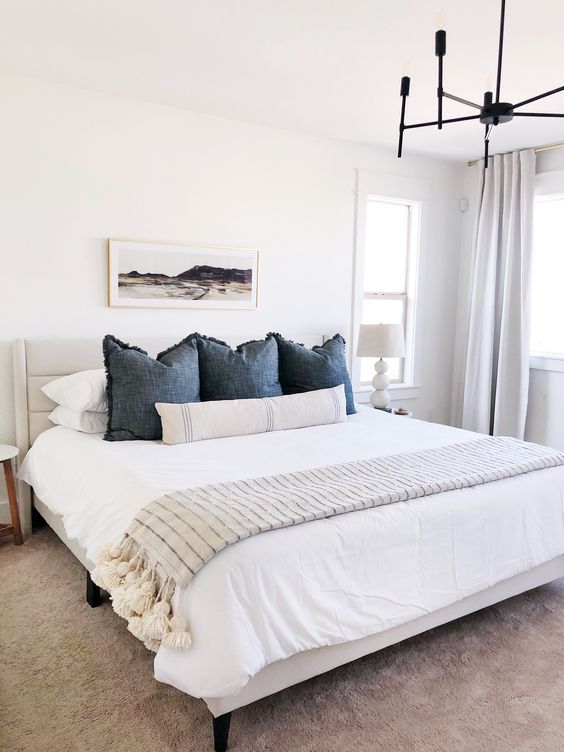
As mentioned above, cellulose-based materials are generally prone to bacterial attack. Although linen is a faster-drying material than cotton, it too is a potential nest for bacteria.
Luckily, scientists have been working on ways to make one of your favourite materials safer in a natural way. Henna, due to its active components such as lawsone, gallic acid and tannins has been investigated and proven as one of the best protectors of textiles.
Linen dyed with henna displayed efficient antibacterial activity against both gram-positive and gram-negative bacteria. S. Aureus and E. Coli were reduced by 99.75% and 99.5% respectively.
Hemp
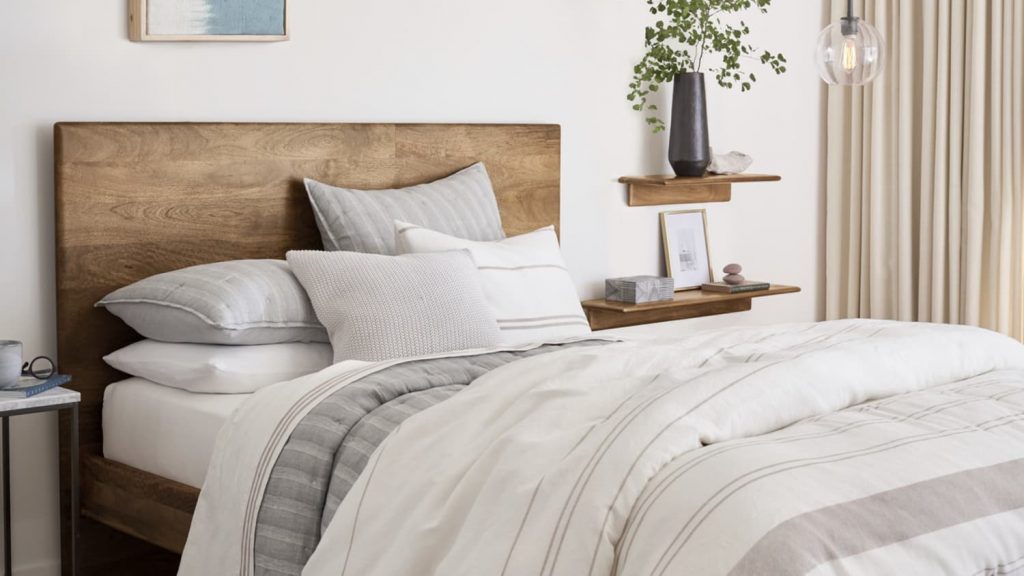
Hemp is one of the most researched natural fibres, mainly due to its inherited anti-inflammatory and antibacterial properties. It’s a renewable fibre that doesn’t require pesticides or fertilizers to grow. Not only does it smother other weeds, but it’s also a “sister plant” meaning that replenishes the earth. Being flax’s rival until the middle of the 19th century as the main textile fibre, hemp played a large and important role in human history.
It has been proven that all 5 major active compounds (cannabinoids) from hemp (CBD, CBC, CBG, Δ9 -THC, and CBN) and have potent activity against a variety of methicillin-resistant Staphylococcus aureus (MRSA) strains. Extraction of hemp using organic solvents has exhibited good antimicrobial activity against both Gram-positive and gram-negative bacteria.
The acetone extract was even effective against the bacteria Pseudomonas Aeruginosa, Vibrio Cholerae, and the fungi Cryptococcus Neoformans and Candida Albicans. Talk about bedding that doesn’t let the bed bugs bite!



